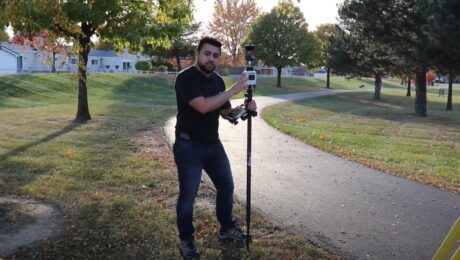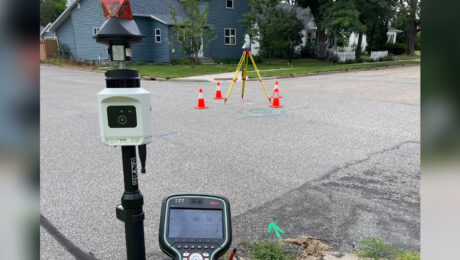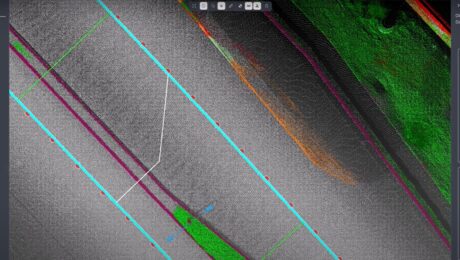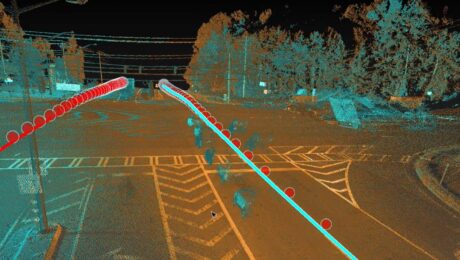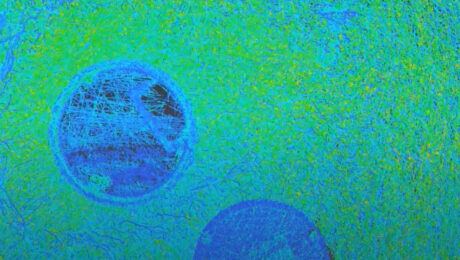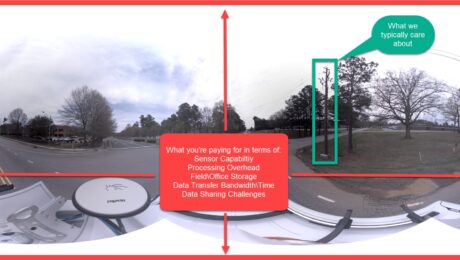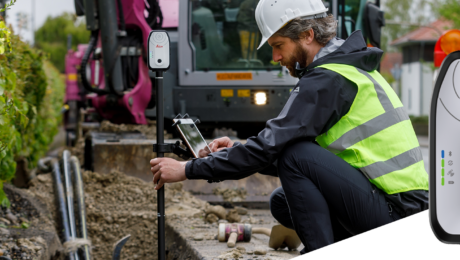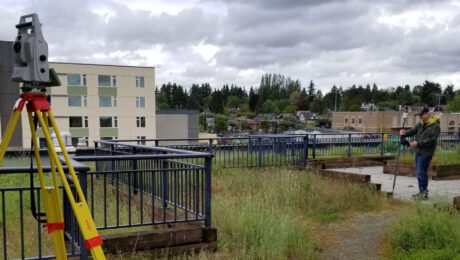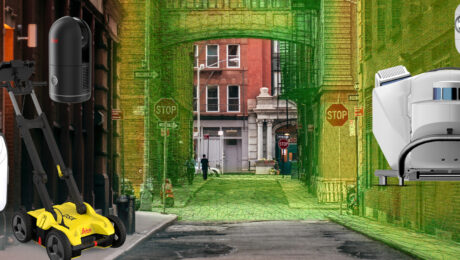Video Review: Watch Rami Tamimi Take the AP20 AutoPole for a Test Drive
How much faster is the AP20 AutoPole compared to a traditional surveying prism pole? Check out the speed test in this video.
- Published in Featured Home, Featured Improve Your Skills, Improve Your Skills
Technology Review: Leica Pegasus TRK Neo Addresses the Challenges of the Future
The growing demand for high-precision 3D reality capture data can only be met by smart 3D reality capture systems like the TRK, says Gavin Schrock in this Geospatial World Prime story.
- Published in Grow Your Business
Review: The Three Advantages of the Leica AP20 AutoPole That Impress Me the Most
Improved speed and accuracy are a given, but these other benefits spark a new level of excitement about the future of surveying.
- Published in Improve Your Skills
Video: The Mobile Mapping Office Workflow That Gets Data Out Quickly
Kyle Palmer, RPLS, shows the key to making mobile mapping data management and deliverable creation as fast and easy as the field data collection.
- Published in Improve Your Skills
Video: Mobile Mapping a Roadway with Zero Post-Processing
Explore a cross section of Leica Pegasus TRK mobile mapping data with RTK corrections applied during the collection to achieve tight overlapping scans with no post-processing required.
- Published in Improve Your Skills
Video: An Easy Way to Capture Detailed Storm and Sanitary Data in a Two-Minute Site Survey
An imaging laser scanner with a highly automated workflow and intuitive apps enables survey work to be done in a fraction of the time compared to traditional approaches.
- Published in Improve Your Skills
How to Stop Overpaying for Your Mobile Mapping Imagery
If you’re assessing your mobile mapping capabilities in terms of megapixels and image quality instead of image value, you’re leaving money on the table, says Jason Ellis. Here’s how to change it.
- Published in Grow Your Business
Simple, Accurate, Real-Time GIS Asset Data Collection Just Got Even Better
Compact, rugged, lightweight and reliable, the Leica Zeno FLX100 is already preferred for its outstanding ease of use. Now, with iOS support, it’s also the most flexible GIS asset data collection tool.
- Published in Improve Your Skills
Technology Review: Leica AP20 AutoPole ‘Does Not Disappoint’
Finally, there’s a surveying prism pole system with tilt compensation and other capabilities that can boost productivity. But does it actually work as claimed? Gavin Schrock tested it for GoGeomatics.
- Published in Grow Your Business
Esri UC 22 Highlights: The Future of GIS Data Collection, Mobile Reality Capture, GPR Utility Detection and More
Explore the fastest, simplest solutions for capturing and delivering high-accuracy mapping data at Booth 619.
- Published in Featured Improve Your Skills, Improve Your Skills
